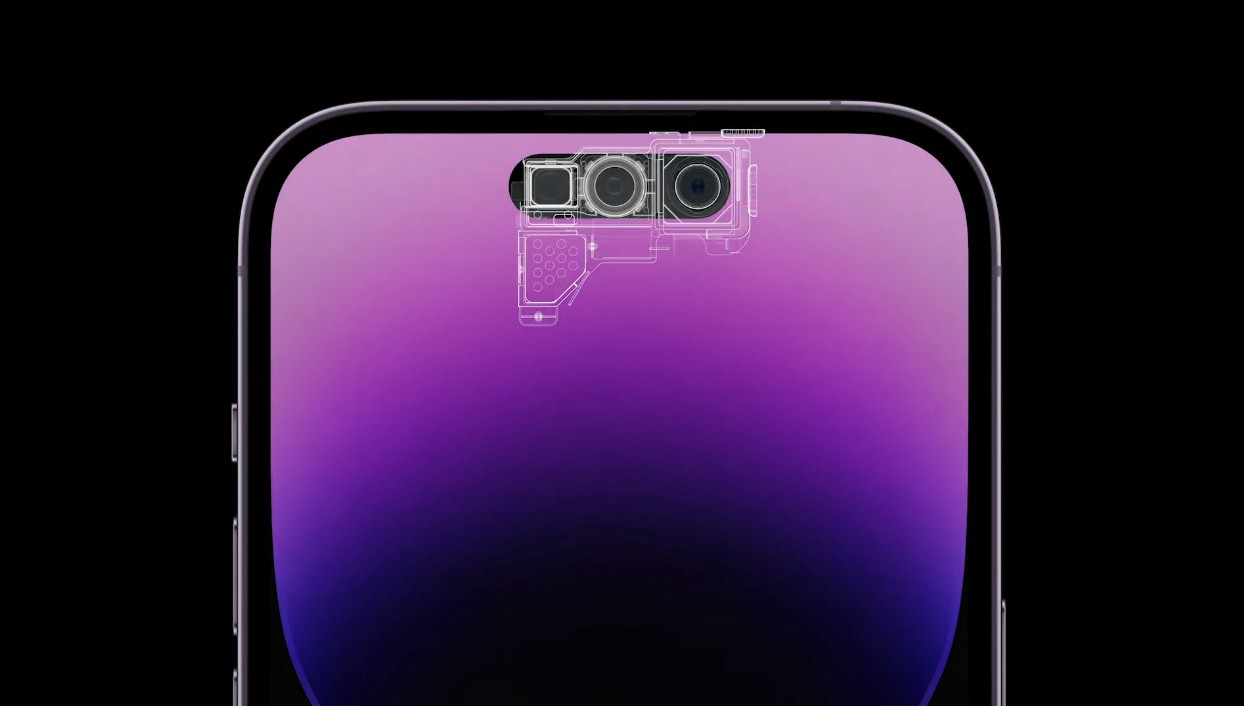The Goods and Bads of iPhone 14 Pro‘s Dynamic Island
2022-09-28
The new Dynamic Island is arguably one of the most interesting features of the iPhone 14 Pro, so with the new iPhone already in the hands of consumers, we thought we'd take a closer look at the Dynamic Island, how it works, and what it does.

What Is Dynamic Island?
The design of iPhone 14 Pro can hardly be described as revolutionary. It is a perfect example of incremental design evolution and refinement of individual design decisions. However, one design decision of the iPhone 14 Pro has attracted a great deal of media attention. This feature is known as Dynamic Island.
Dynamic Island is a replacement for the notch that Apple introduced in 2017. As we now know, on the iPhone 14 Pro models, the display pixels around Apple's so-called 'dynamic island' merge into a pill-shaped area that changes size and shape to accommodate various types of alerts, notifications and interactions, turning it into a kind of front-and-centre information hub.

1 Dynamic Island in Apple iPhone 14 Pro
What Can Dynamic Island Do?
The use of Dynamic Island is limited to the iPhone 14 Pro and iPhone 14 Pro MAX. The standard iPhone 14 model continues to offer the same notch as the iPhone 13 model.
Dynamic Island is how Apple has used the iPhone 14 Pro display to place the selfie camera and Face ID sensor in a dead zone. Since its launch, it has spawned countless emojis and even a few hacks. but it's surprisingly versatile.
Below are some of the features that Dynamic Island can achieve:
Apple Pay transaction confirmations
Privacy indicators when microphone or camera is in use
Air Drop file transfers
AirPods connection status and battery life
iPhone charging status and battery life
Low battery alerts
Silent mode turned on or off
Face ID unlocking
Car key locking/unlocking
Apple Watch unlocking
NFC interactions
Air Play connections
Focus mode changes
Shortcut actions
Airplane mode/no data alerts
SIM card alerts
Accessories connect
Find My alerts

2 Dynamic Island Effects
What‘s Good and What's Bad about Dynamic Island?
Why have most Android smartphones removed the notch, but Apple smartphones remain?This is because Apple has many other sensors in the notch and dynamic island used for Face ID, the facial recognition system. the Face ID hardware consists of a sensor and three modules; a dot projector, which projects small infrared dots onto the user's face; a flood illuminator, which emits infrared light onto the user's face; and an infrared camera, which takes an infrared photo of the user, reads the generated pattern and generates a 3D facial map.
Very much they accepted the physical limitations of the present. Instead of seeing the technical limitations as restrictions, they tried to make them work to their advantage.
Dynamic Island is capable of displaying multiple functions at the same time and when this happens it splits into a larger pill-shaped area and a smaller circular area so you can see two things at once. You can swap between them and use them in the same way as you would with the standard Dynamic Island interface.
However, this design decision is not 100% perfect; it has advantages and disadvantages.
The Goods of the Dynamic Island
1.Better visibility of ongoing activities and alerts
Dynamic Island introduces a new UI layer to help users to update in a timely manner without switching contexts.
2.Excellent Motion Language
The series of transitions that Apple showed at the iPhone 14 Pro launch was brilliant. It was one of the best motion languages created recently.
3.Dynamic Island Does Not Take up Screen Space in Full Screen Mode
In full screen mode there is always an area of the screen hidden behind the notch. This is an impossible behaviour to avoid as the notch is a physical constraint.
The Bads of the Dynamic Island
1.Dynamic Island is Located in an Inaccessible Area
The dynamic island acts as an interactive element. Users can interact with it with their fingers. To do so, however, they must extend their fingers to access the area. As the dynamic island is located in a hard-to-reach area, this makes interaction less comfortable (the user has to change their grip to access the area of the dynamic island).
2.Bad Full Screen Video Experience
Compared to Notch, which only takes up the top of the screen, the dynamic islands don't look so good in full screen video mode. We would constantly notice the hole on the side of the screen.
3.Content in Dynamic Island May Not Be Accessible
The relatively small size of dynamic islands does not allow designers to resize elements to create decent sections of content. For example, it may be difficult to distinguish the album cover in the image below, especially if you have poor eyesight.

Conclusion
In my opinion, the dynamic island is a temporary solution to Apple's current problem and the company will probably get rid of it in the next version of the iPhone.
The great thing about Apple was getting the media to pay attention to this design decision. Even two weeks after the launch of the presentation, many people are still talking about this decision, proving that it was a great decision from a marketing perspective.



